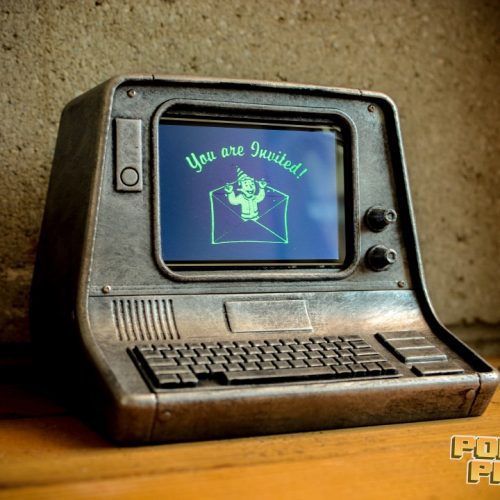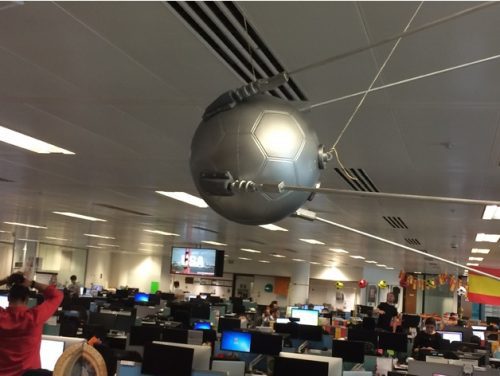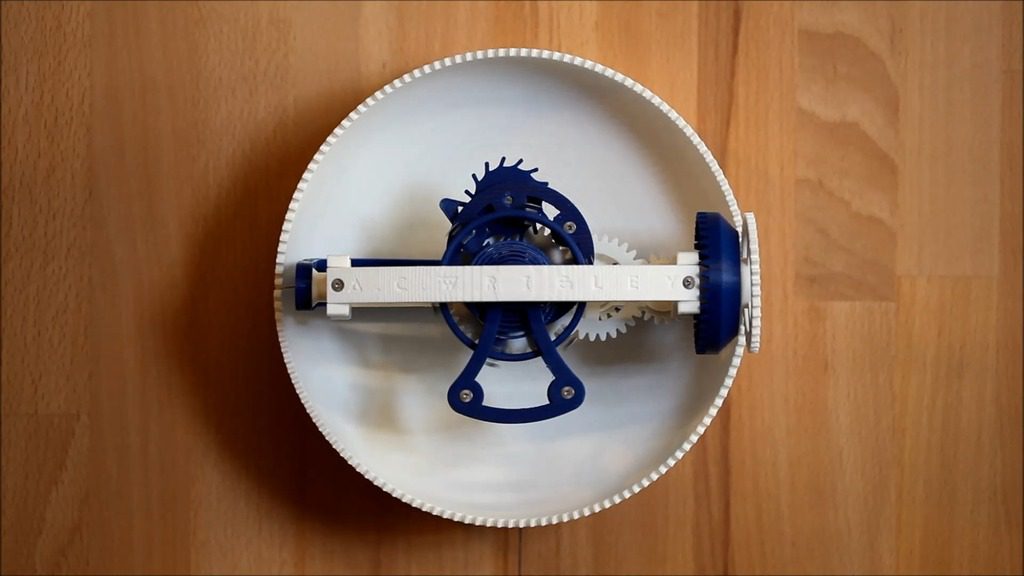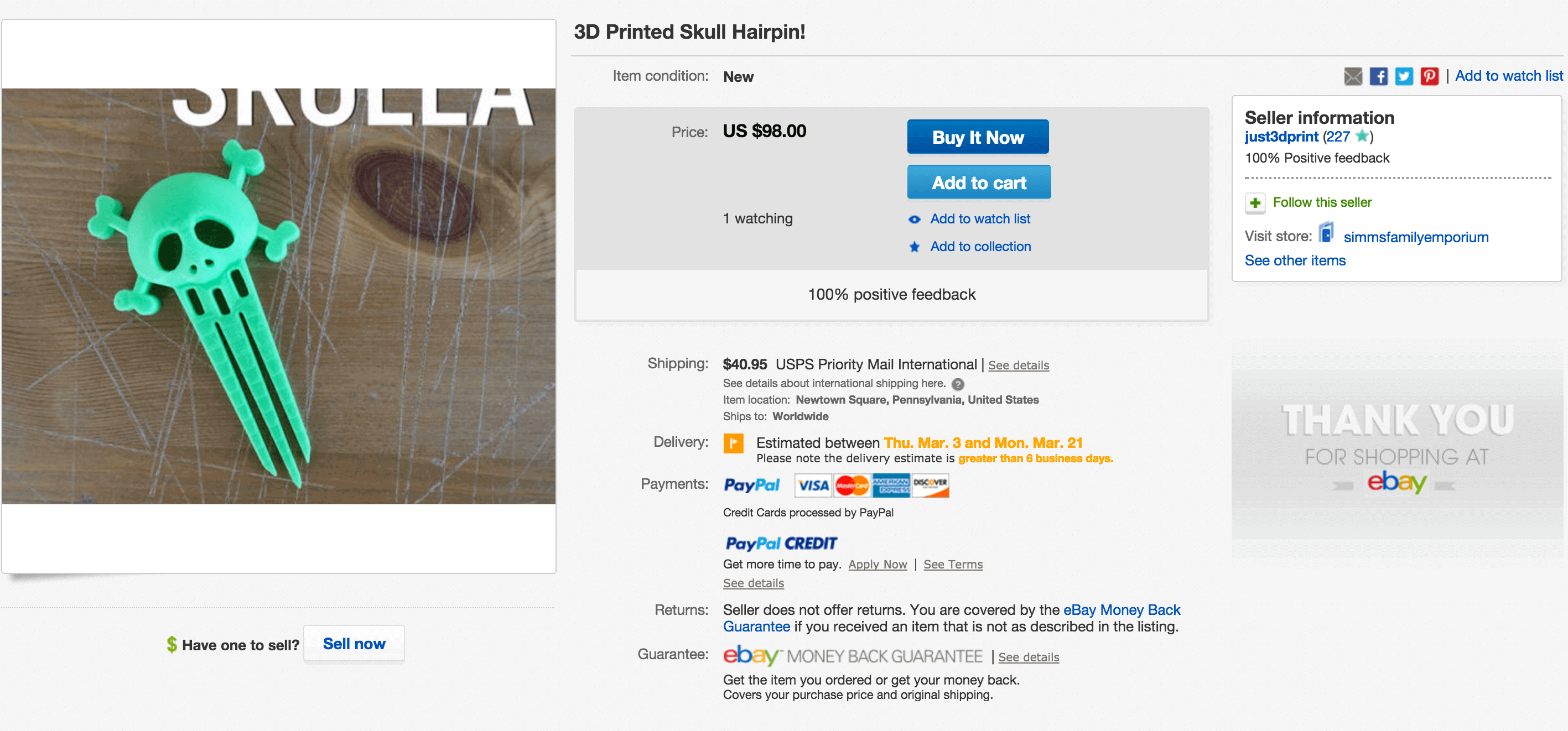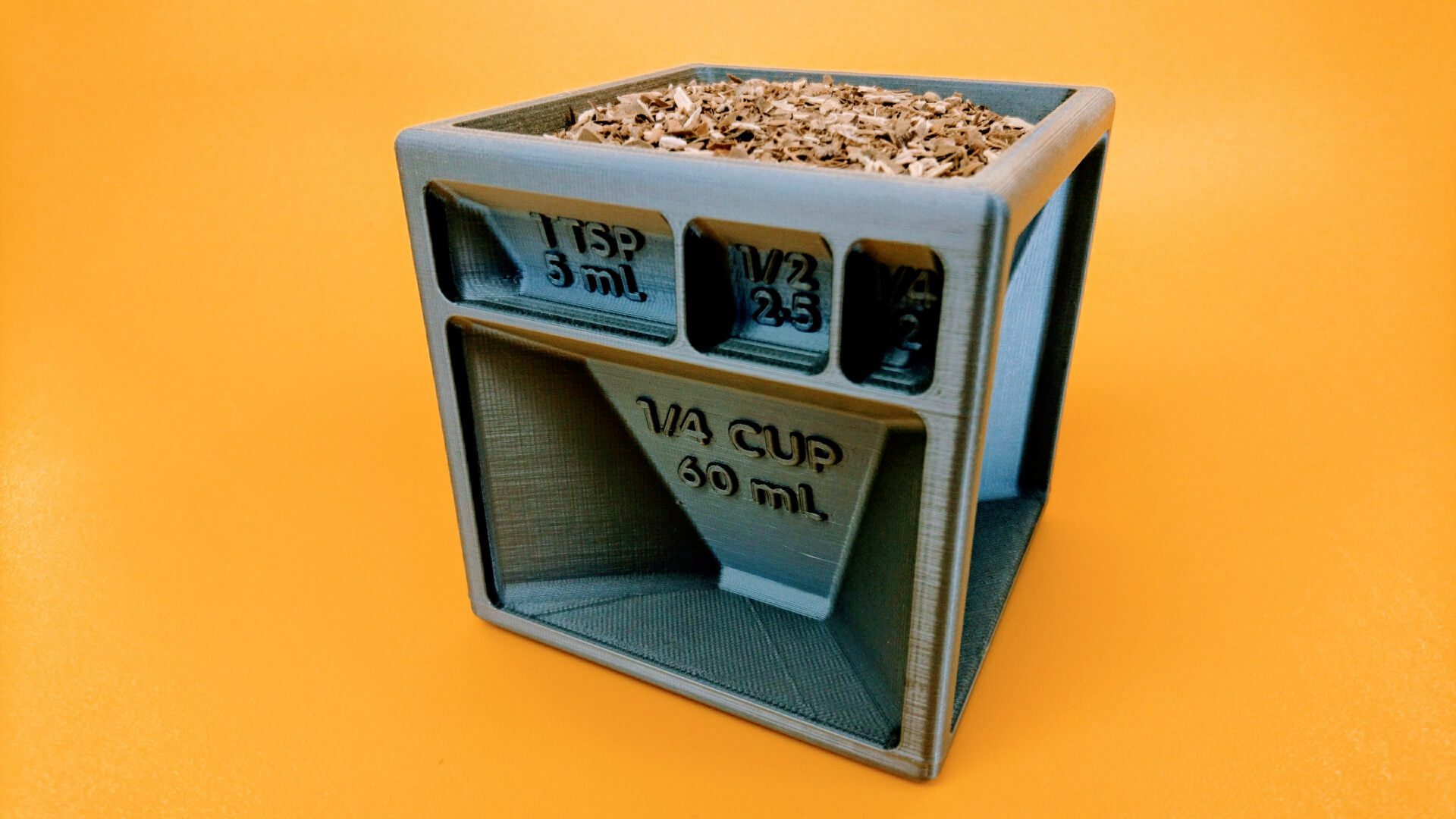Schlagwort: Thingiverse
-

A waterproof Raspberry Pi?! Five 3D-printable projects to try
Reading Time: 3 minutesSummer is coming to a close. The evenings grow darker. So pack away your flip flops, hang up your beach towel, and settle in for the colder months with these fun 3D-printable projects to make at home or in your local makerspace. Fallout 4 desktop terminal Power Up Props’ replica of the…
-

Ten awesome 3D-printable Raspberry Pi goodies
Reading Time: 4 minutes3D printing has become far more accessible for hobbyists, with printer prices now in the hundreds instead of thousands of pounds. Last year, we covered some of the best 3D-printable cases for the Pi, and since then, Raspberry Pi enthusiasts have shared even more cool designs on sites such as MyMiniFactory and…
-

Hawk Eye is a 3D Printed Triple-Axis Tourbillon
Reading Time: 2 minutesInspired by the Deep Space Tourbillon of Vianney Halter, the Hawk Eye is a fully functioning, 3D printed triple-axis tourbillon. This complex horological mechanism with 70 moving parts will soon be available to download from Thingiverse. The tourbillon is a fascinating horological marvel which ranks among the highest achievements in watchmaking. Patented…
-

Free STL Files & 3D Printer Models – 35 Best Sites
Reading Time: < 1 minuteYobi3D is a bleeding edge search engine that helps you find free STL files, and then offers comprehensive features like 3D visualization, sharing, and even one-click 3D printing. With this workflow, you can select any number of 3D printer models and have them fabricated without even touching a 3D printer. The…
-

3D Printing on Trial: Just 3D Print Brings New Lawsuit Against 3DR Holdings
Reading Time: 10 minutesAfter losing the initial legal battle against 3DR Holdings over defamation allegations, Just 3D Print is taking the media company back to court in a new appeal. The controversy started after multiple publications reported that the startup downloaded various 3D models from Thingiverse and was selling them on eBay. There’s something about the…
-

50 Cool Things to 3D Print Which Are Actually Useful
Reading Time: < 1 minuteLike us, you’re tremendously excited by the possibilities of 3D printing. Unfortunately, the landscape is cluttered with trinkets, doodads and ornaments. We’re in danger of drowning in 3D printed objects that nobody wants or needs. Fight the tide of mediocrity! Let’s make stuff that’s actually useful! Here’s a list of cool…
-

Thingiverse Vulnerability Allowed Pages to Mine for Cryptocurrency
Reading Time: 4 minutesA member of the Facebook group 3D Printing has exposed a vulnerability in the design of Thingiverse that allows commenters on Things’ pages to embed cryptocurrency miners. Now fixed, the malicious comments hijacked vulnerable computers and used them to mine for digital currency. It’s mere days into 2018 and already we’re hit…
